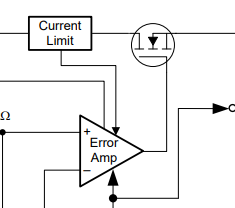Tool/software:
Hi,
Customer want to understand the active discharge function, but I don't see a lot of material in this function.
Could you please help me understand these questions?
When will the active discharge function start to work?
Enable low or Both the Input voltage and Enable low?
Will the active discharge function works when we don't have anything in input but we have 3.3V in output terminal?
what is the benefit of active discharge?
Thank you
Yishan Chen.


